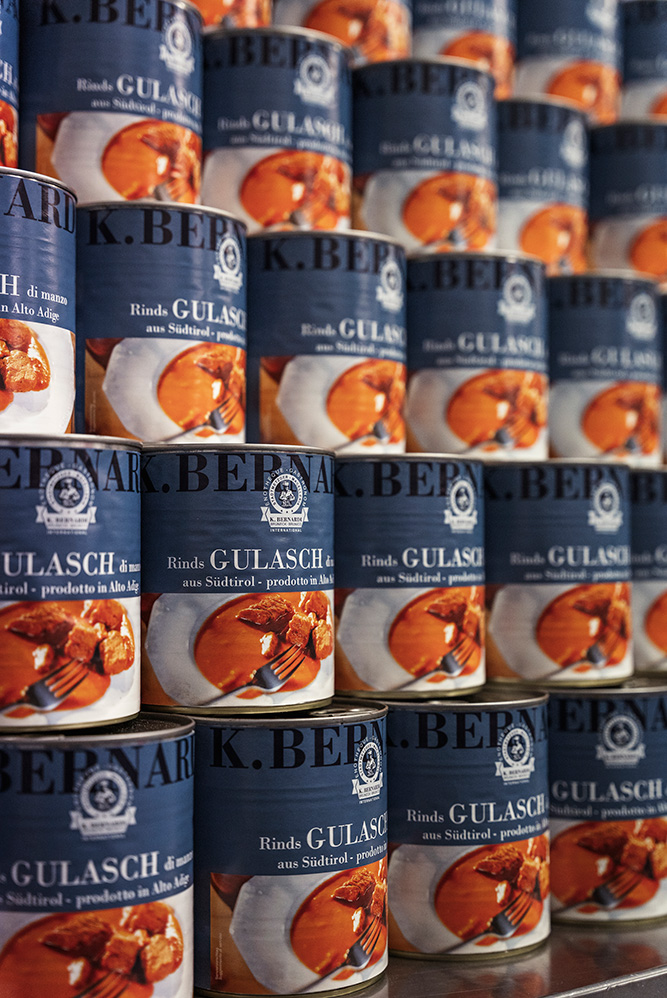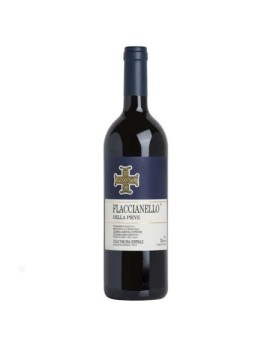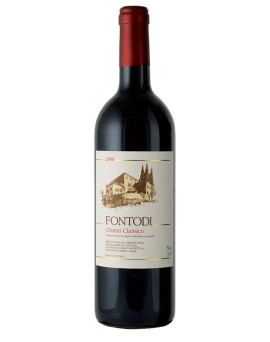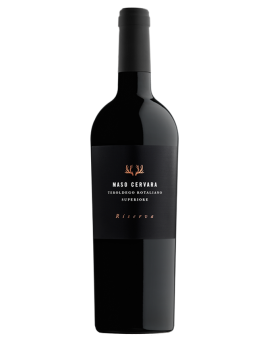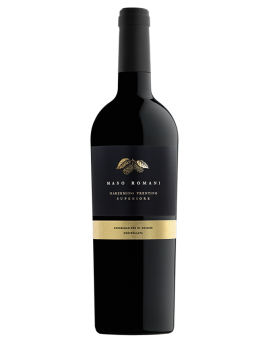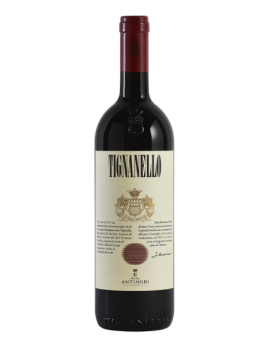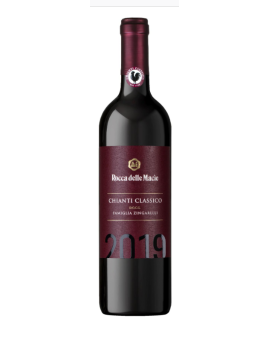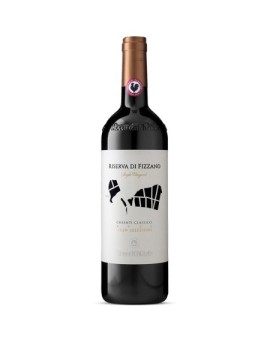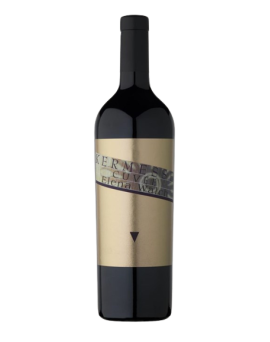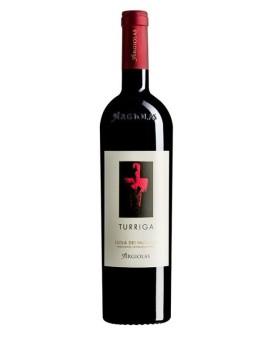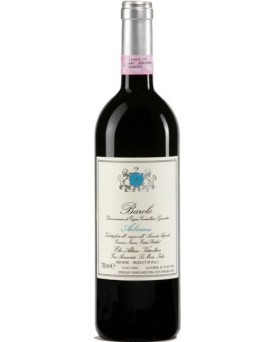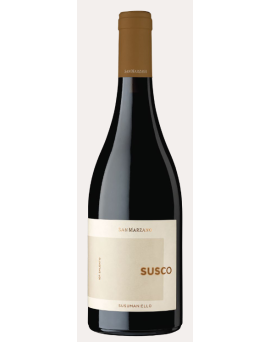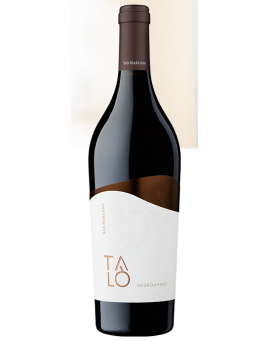TIGNANELLO<br />Classification: Toscana IGT - Typical Geographical Indication<br />Vintage: 2019<br />Grapes: Sangiovese, Cabernet Sauvignon, Cabernet Franc<br /><br />Climate:The 2019 season in Chianti Classico was characterised by regular weather conditions, with a rather cold winter with little rainfall, and a cool and rainy early spring,<br />especially in April and May. The summer was warm, with no temperature extremes, and characterised by slightly above-average rainfall, which allowed the plants to grow<br />properly, both in terms of vegetation and bunches. Starting at the end of August and throughout September and October, the optimal climate allowed all the varieties grown<br />in the Tignanello vineyard to ripen perfectly. The grapes were harvested from the second ten days of September, beginning with the Sangiovese, until the Cabernet grapes<br />were picked on 16 October.<br /><br />Vinification and ageing: the climatic conditions of the harvest required, as usual, great care both in the vineyard during harvesting operations and in the cellar when the<br />grapes arrived, where sorting and initial processing were fundamental to achieving an optimal final result. During the fermentation process in truncated conical tanks, the<br />musts were macerated with extreme attention to the preservation of aromas, extraction of colour and management of the sweetness and elegance of the tannins. Drawing off<br />took place only after careful, daily tastings. Once the skins were separated from the wine, malolactic fermentation began in barriques to enhance the finesse and complexity<br />of the aromas. The ageing process took place in French and Hungarian oak barrels, partly new and partly second-passage, for a total period of approximately 14-16 months;<br />after an initial ageing in separate batches<br />these were assembled to complete the evolution in wood. The wine, made mainly from Sangiovese grapes and a small proportion of Cabernet Sauvignon and Cabernet<br />Franc, was aged for a further 12 months in bottle before being presented on the market.<br /><br />Alcohol content: 14% Vol.<br /><br />Historical data: Tignanello is produced exclusively from the vineyard of the same name located at Tenuta Tignanello on a 57-hectare south-west-facing site of limestone<br />origin with tuffaceous elements, at an altitude of between 350 and 400 metres above sea level. It was the first Sangiovese to be aged in barriques, the first modern red wine<br />blended with non-traditional varieties such as Cabernet, and among the first red wines in Chianti not to use white grapes. Tignanello, originally 'Chianti Classico Riserva<br />vigneto Tignanello' was first vinified from a single vineyard with the 1970 vintage, when it contained 20% Canaiolo and 5% Trebbiano and Malvasia, and was aged in small oak<br />barrels. With the 1971 vintage, it became a Tuscan table wine and was called Tignanello, and with the 1975 vintage, the white grapes were totally eliminated. Since 1982,<br />the composition has remained unchanged. Tignanello is only produced in the best vintages; it was not produced in 1972, 1973,1974, 1976, 1984, 1992 and 2002.<br /><br />Tasting notes: Tignanello 2019 has a ruby red colour. The nose is striking for its great complexity: notes of red fruit, strawberry and pomegranate, alternate with delicate<br />hints of apricot and peaches in syrup, accompanying elegant nuances of vanilla, dried flowers, chocolate and pleasant spicy sensations of nutmeg; notes of coffee, caramel<br />and Mediterranean herbs complete the bouquet. On the palate, it is enveloping and graceful, with silky, vibrant tannins that give the wine liveliness, savouriness and taste<br />persistence; the aftertaste is characterised by notes of roasted coffee and bitter cocoa.<br />
Price
€187.00

